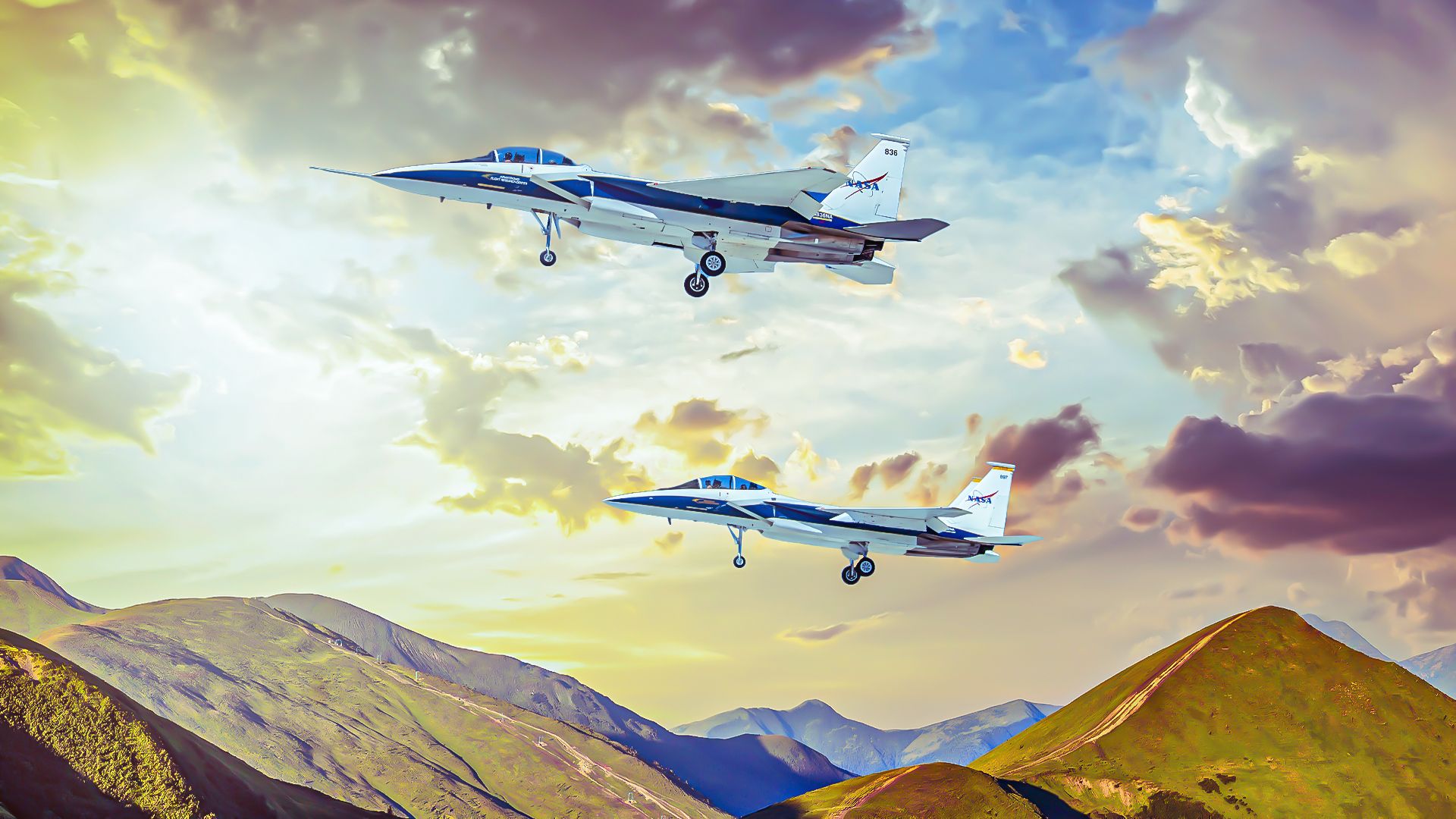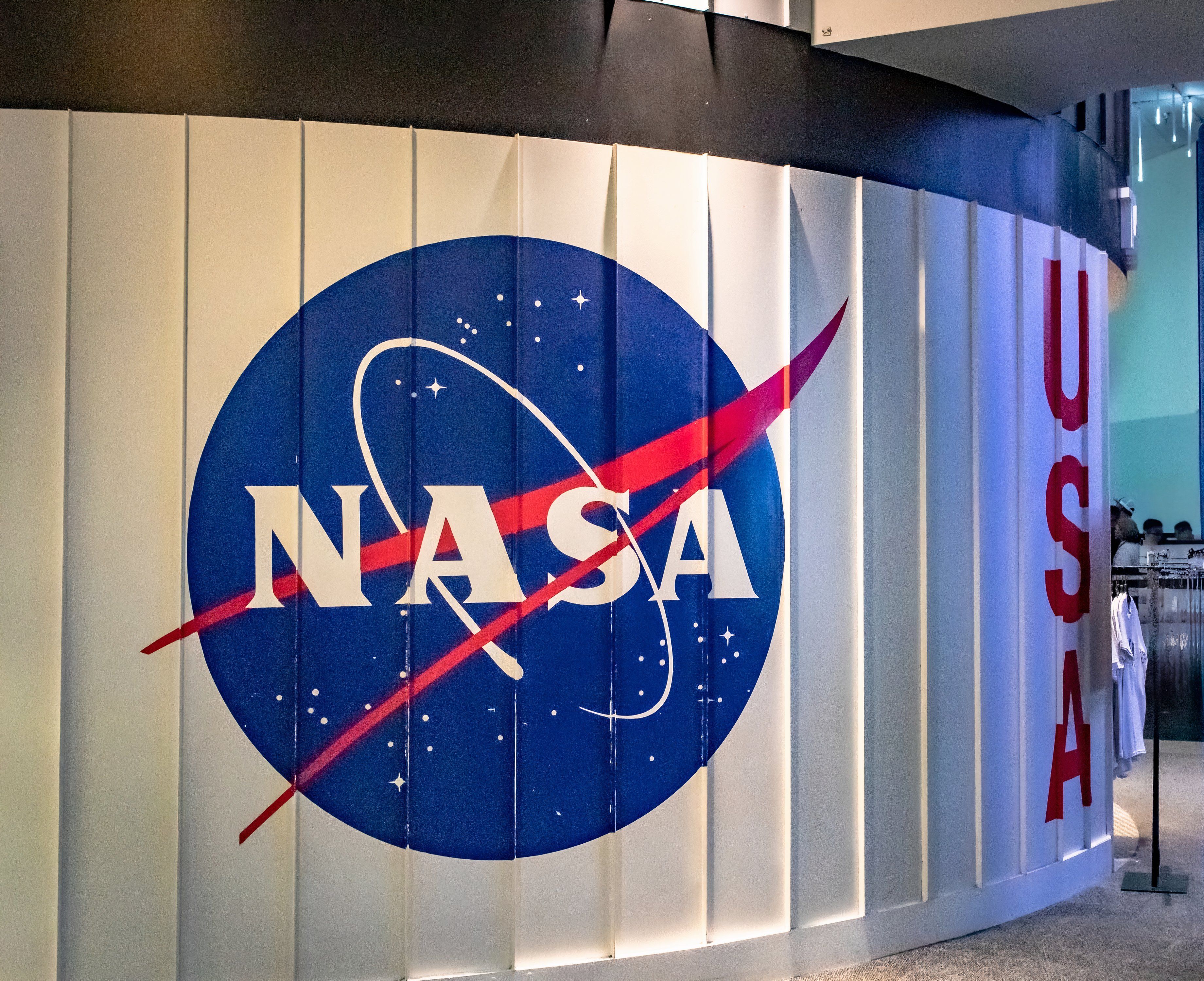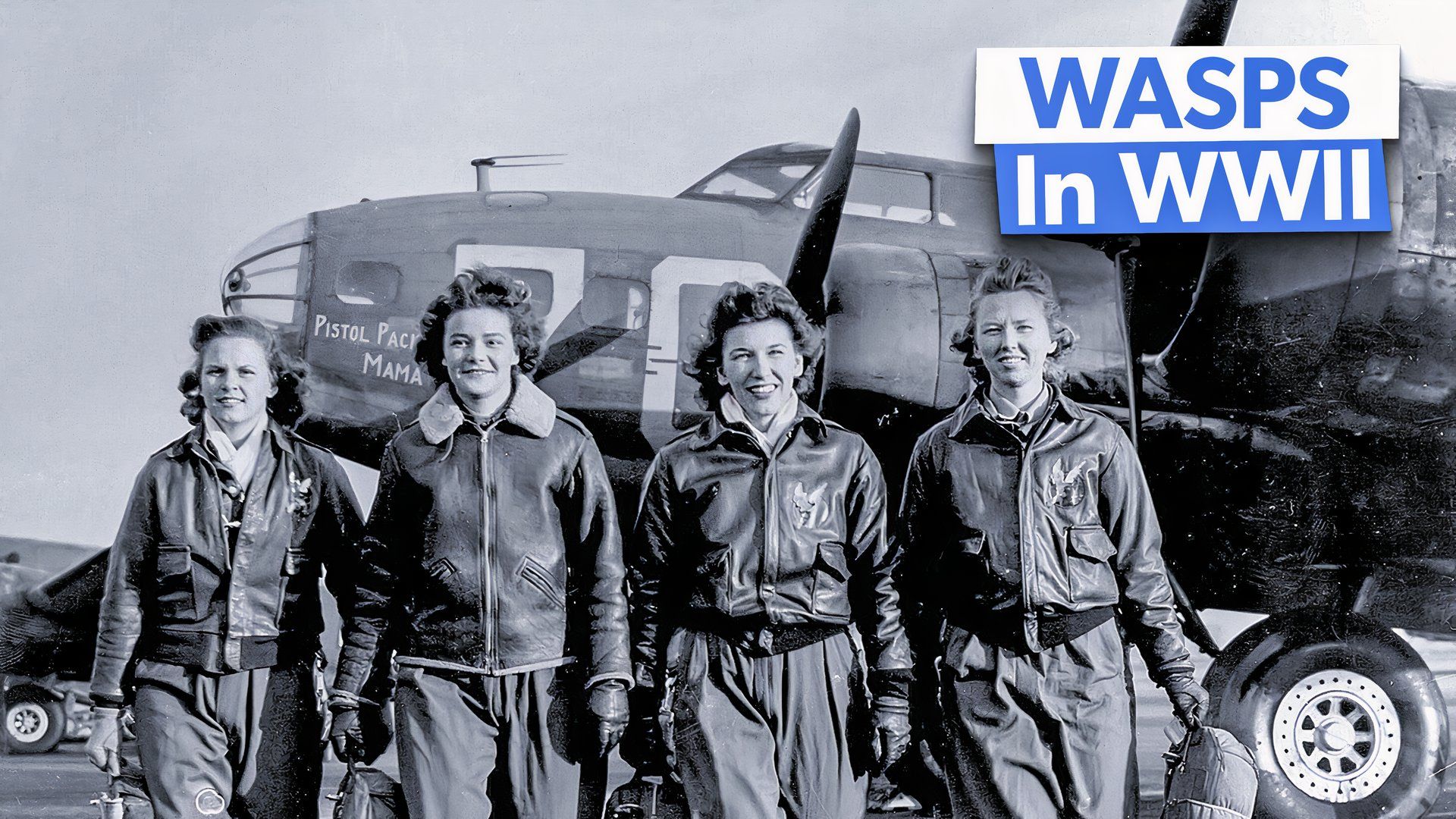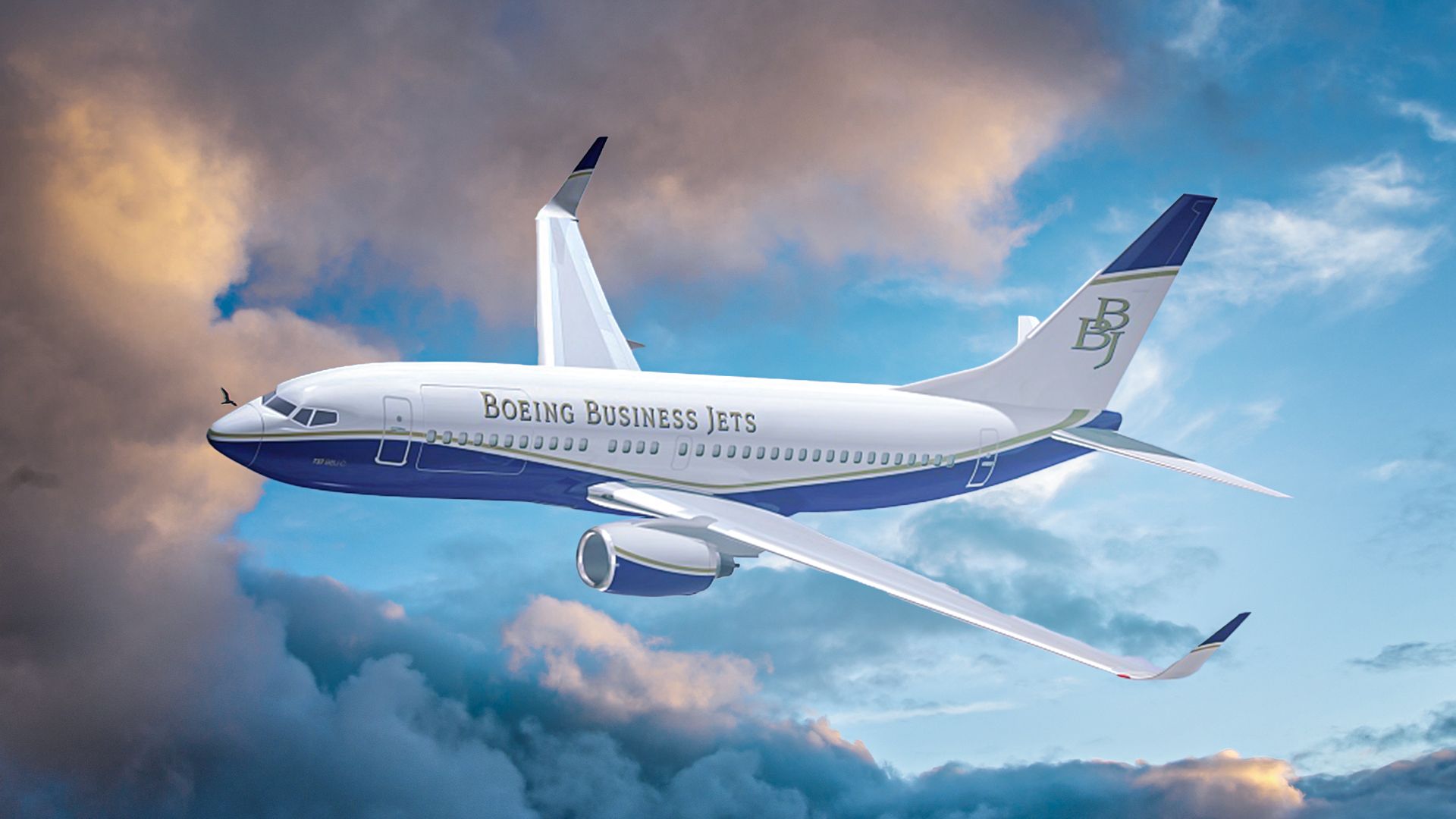Summary
- NASA has influenced US military aircraft designs and life support systems.
- The Life Support Office at NASA’s Armstrong Flight Research Center maintains aircraft systems, including ejection seats.
- NASA’s F-15 partnership with the X-59 program involves new life support upgrades for high-altitude flights.
As I noted in a Simple Flying article published this past 4th of July, the National Aeronautics and Space Administration (NASA) is, to be sure, a civilian agency of the US Federal Government, not a military one. That said, NASA and the US military aviation community have long had a close working relationship. As noted by Donna Miles of American Forces Press Service in a 2008 article on NASA’s 50th anniversary (and published on the Official United States Air Force Website:
“Ultimately, NASA was established as a new civilian agency that borrowed heavily from the Defense Department and other government organizations as it built its own capabilities.”
Besides repeatedly influencing US military aircraft designs — not to mention the myriad of astronauts who came over from the US Armed Forces — NASA has also manifested its symbiosis with the US Department of Defense (DOD) via its influence on the design of the life support system for American fighter jets. Simple Flying now takes a closer look at this latter aspect of the NASA-DOD relationship.
Photo Jaclyne Ortiz | Shutterstock
The roots of NASA Life Support
A major source of information for this segment comes from an August 2019 NASA article by Dede Denius titled (appropriately enough) “History of Life Support”:
“Life Support at NASA’s Armstrong Flight Research Center in Edwards, California, was created in the mid 1950s to aid in maintaining the pilot’s flight equipment. Since its creation the life support office has grown into its own branch at the center but instead of focusing on just equipment it now is responsible for aircrew life support safety systems and training.”
“Life support was not always seen as a necessity. When Neil Armstrong arrived at the center (1955), the pilots were in charge of maintaining their own flight gear including flight suits and survival kits. Pilots wore high school or college football helmets since a standard had not been established for pilot helmets.”
“Armstrong and National Advisory Committee for Aeronautics (NACA was NASA’s predecessor) pilot Scott Crossfield realized quickly that they did not have the time or resources needed to conduct flight research and maintain their flight equipment. They approached Walter C. Williams, the first site manager of the NACA High-Speed Flight Station (now Armstrong), to explain their concerns. With X-15 research fast approaching, Williams decided there was a need to create a stand-alone life support group.”
Neil and his intrepid crew of cohorts would soon develop high-pressure suits for the X-15 program, which were an absolute must for high-altitude flights (45,000 feet [13,716 m] or more); those same suits would also end up being employed by pilots of the SR-71 Blackbird (still the fastest air-breathing aircraft ever made) and the ER-2.
ER-2 as in “Earth Resources 2”, a very high-altitude civilian atmospheric research fixed-wing aircraft based on the Lockheed U-2 “Dragon Lady” spy plane.(See the resemblance?)
Current Life Support Office responsibilities
The Life Support Office at NASA’s Armstrong Flight Research Center at Edwards AFB, California, provides the following services:
- Ejection Seat Maintenance: Among the warbirds covered are the USAF’s F-15 Eagle and the US Navy’s F/A-18 Hornet.
- Aircraft Oxygen Systems Maintenance
- Flight Equipment Maintenance: Flight suits, g-suits, full pressure suits, flame retardant gloves (Nomex) and undergarments, helmets + oxygen masks, boots, and so forth.
- Pressure Suit Maintenance
- Explosives Maintenance: Pyrotechnics are used to launch those aforementioned ejections seats, and they’re also used for critical actions such as releasing a fuel tank from the pylon in case of emergency.
I get to go first and I think it’s so neat
He’s in a bad way but I am much worse
‘Cause the Jollies got orders to pick him up first”
— F-4 Back-Seater” by Dick Jonas, Lt, Col., USAF (ret.)
The F-15 Eagle/NASA X-59 nexus
The Boeing (previously McDonnell Douglas) F-15 Eagle jet is, of course, one of most superb air superiority fighter planes ever devised; among its claims to fame are an absolutely unparalleled 104:0 air-to-air kill ratio against enemy warplanes. And on top of its legendary wartime record, the Eagle also has a fascinating partnership with NASA’s X-59 program.
As Jim Skeen, NASA Armstrong Public Affairs Specialist, explains in a September 2020 article:
“When NASA’s supersonic X-59 aircraft takes to the skies over the Armstrong Flight Research Center, it will be accompanied by two of NASA’s fastest research and support aircraft, both F-15s. In each of their cockpits, a pilot and a technician will be able to breathe easier thanks to life support upgrades.”
“Jets like the F-15s, which were designed as fighters, work differently. Their cabins are pressurized to maintain a lower cabin altitude when flying at high altitudes. In the event of a cabin pressurization issue resulting in cabin altitudes above 40,000 feet, pilots need to use masks that employ ‘positive pressure breathing,’ a system that helps push oxygen into their lungs, according to Brian Griffin, deputy operations lead for NASA’s Low Boom Flight Demonstrator Project…The F-15s’ legacy systems used some positive pressure breathing, but not enough. That’s why NASA is switching to a system developed for the F-22 fighter jet, which does provide the extra positive pressure, he said. The new life support system includes an emergency oxygen bottle geared for higher altitudes, common on Air Force F-16s and A-10 aircraft, but new to NASA Armstrong’s F-15s. The emergency air supply attaches to the ejection seats.”
“The new life support systems share many components with the X-59’s, Griffin said. Flight crews will wear the same gear, the panel-mounted regulator will be the same, and so will the device that reduces the pressure flow from the liquid oxygen tanks to the regulator…After the modifications to the two F-15s are finished, the new life support systems will go through ground tests and then flight testing.”






